Shane O’Loughlin started farming with his father Dermot full-time in 2005 after spending some time travelling and working on farms in Canada, the US and New Zealand. He graduated with a first-class honours from UCD and has always been eager to learn and make improvements on his farm since. One area he is a great believer in is record-keeping. He feels measurement and traceability systems will stand to the Irish agricultural industry in the future. “I think if we can make an effort to reduce our carbon footprint it should help to add value to our milk and the sustainability of the whole system,” said Shane. The O’Loughlins are practicing what they preach on this point by measuring all the key performance indicators and using the information to make changes to the way they farm.
Collaboration
All through their farming lives the O’Loughlins have been involved in and contributed to discussion groups including their local Kildare discussion group. They find the groups useful to learn new ideas and it is also an opportunity to be challenged on their own farming system. Shane said they enjoyed being in the Glanbia-Teagasc monitor farm programme for four years which was co-ordinated by Richie O’Brien where they learnt a lot. They are great supporters of research, hosting veterinary trials carried out by UCD on breeding and a Teagasc calf-rearing trial. With the UCD trial, Shane is given key information on the breeding health of his cows and he can follow up with any cow that shows issues before breeding starts. Useful information on both breeding and calf performance can be used through the years to identify any weaknesses in the system and make improvements.
Shane is a council member of Glanbia and also participates in the Fresh Milk Producers group (FMP). Herd health is monitored closely and prevention of common diseases is covered with a broad vaccination protocol as well as biosecurity measures. They are always looking to simplify the farming system to make the farm as labour-efficient as possible.
Breeding
Supplying Glanbia, they always had a liquid milk contract and continue to milk cows over the winter. They currently have 190 spring-calving pedigree Holstein cows and 50 autumn-calvers. In recent years, they have put a huge emphasis on improving the herd EBI. This has paid dividends and the EBI is currently at a value of €130. Top ICBF bulls are chosen based on strong figures for fertility, reduced calving interval and milk solids. They produced 496kg of milk solids last year on average, with the average fat percentage at 4.2% and the average protein value at 3.5%. The plan is to continue increasing milk solids produced per cow with better genetics. The target is 550kg milk solids per cow.
Grassland management
The O’Loughlins have a 68ha grazing platform and a further 86ha of outblocks. Grassland management is a priority on the farm. Last year they grew 16t DM/ha in total, this year the total figure is back at 12.5t DM/ha. “The snow and the drought held us back a lot this year but at least by measuring we always knew how much feed was available,” explained Shane. They had a closing average farm cover (AFC) of 805kg DM/ha and they are predicting the AFC will be over 1,000kg DM/ha next February. From 1 February the autumn-calved cows will be out grazing if the weather plays ball along with early spring calvers and they have targets in place for the amount of area that needs to be grazed throughout the spring. “We will graze when we can, with the high covers we have set a target to graze 15% by mid-February,” said Shane. A nutrient management plan has been developed which is depicted in colour-coded fertility maps of each paddock. This helps the O’Loughlins focus on targeting low-index soils with the required nutrients and it is working. “In 2015, just 48% of our soils were index 3 and 4 for P [Phosphorus], in 2018 this figure has increased to 83% so we are making progress,” explained Shane. Potassium still remains an issue, especially on paddocks that have had surpluses removed but as Shane says at least he is aware of the problem and can set about changing it. The majority of the slurry is spread via a trailing shoe. This helps reduce odours and ammonia loss. In a built up area such as Monasterevin slurry odours can cause issues but Shane is being proactive on this front. “Anytime we are planning to spread slurry I text the neighbourhood watch Whatsapp group to give the neighbours a heads-up and they really appreciate that,” said Shane.
There is room for biodiversity on this large farm. Some of their heavier ground has not been drained and Shane says this provides an excellent habitat for rare birds and small mammals such as rabbits and hares.




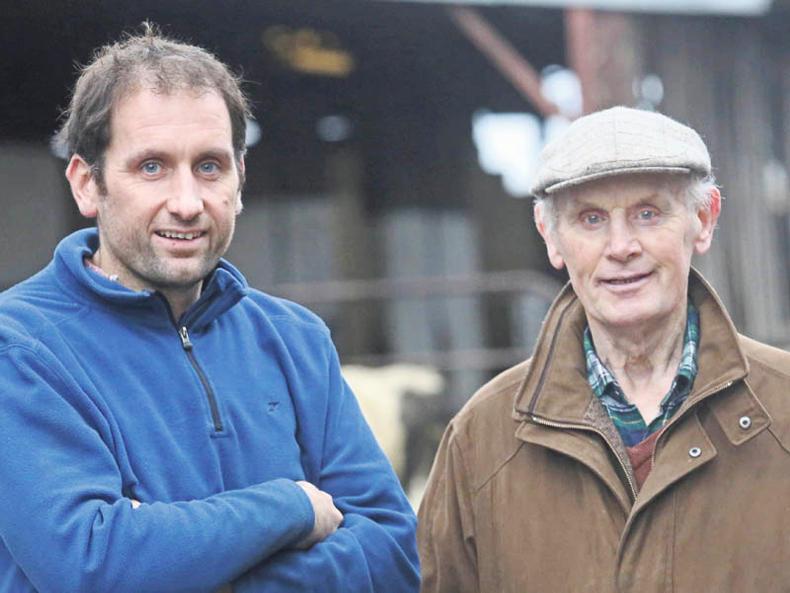
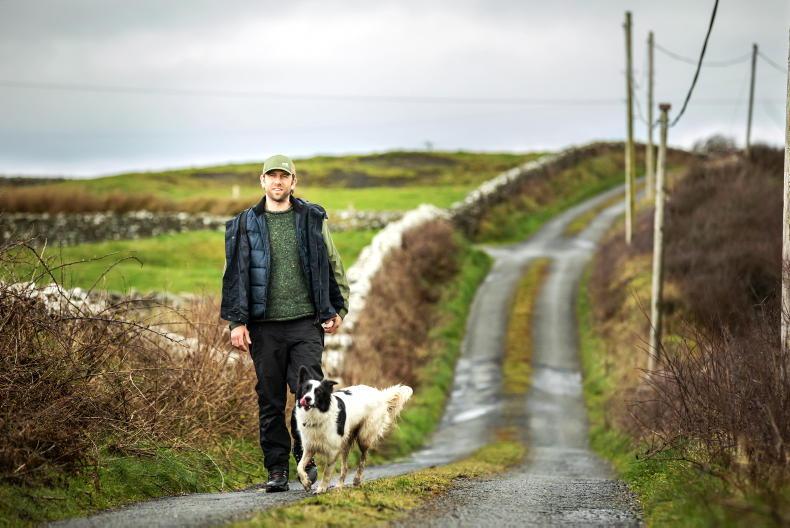

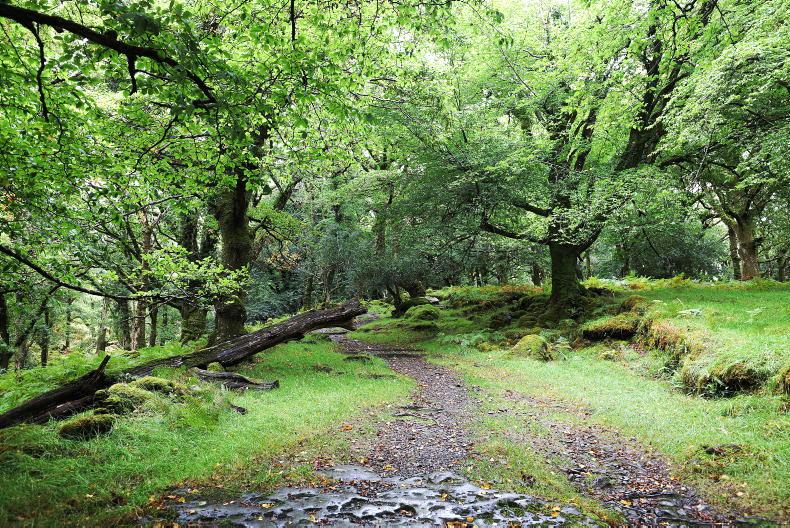
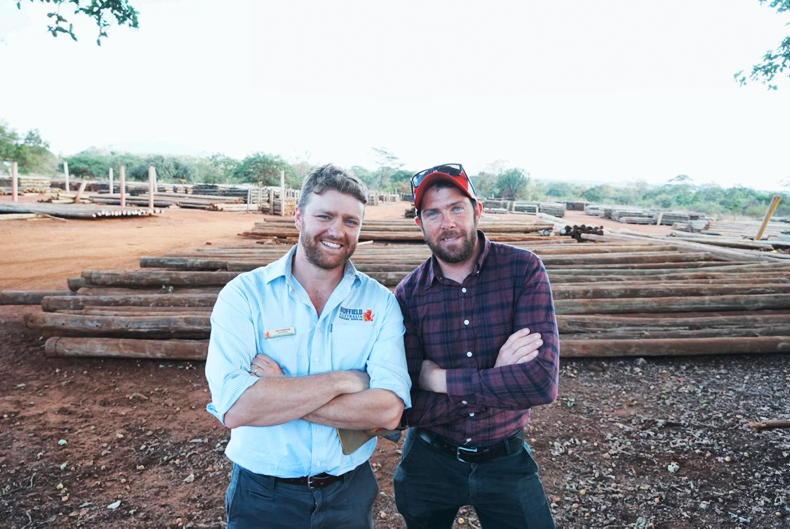
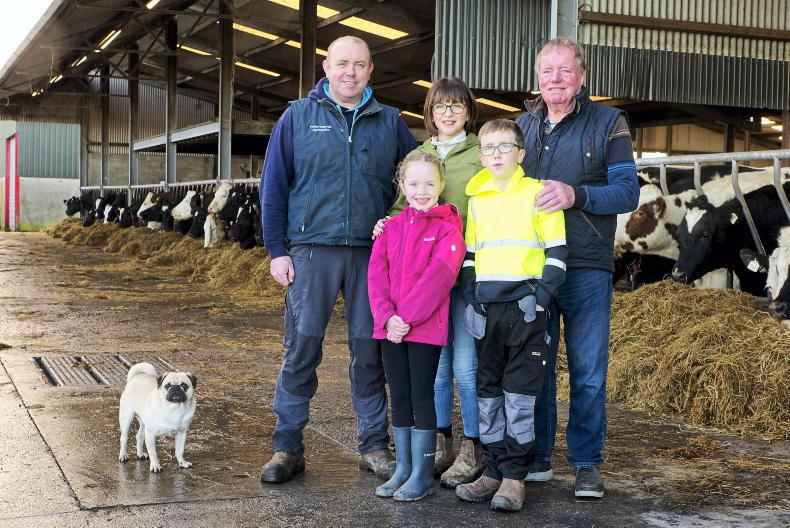
SHARING OPTIONS